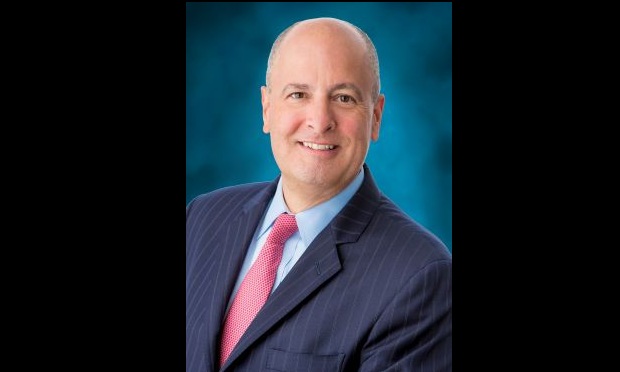Having insurance for product recall is invaluable, but it does not serve as a substitute for implementing good procedures to deal with a recall, a consultant with insurance broker Marsh said.
The comments came during a panel discussion webcast titled, "Evaluating Critical Manufacturing Risk Issues Through the Lens of Enterprise Risk Management," held June 24 and moderated by Sara Sirotzky, Midwest Manufacturing Practice leader.
Alan Schoem, senior vice president, Global Product Risk practice for Marsh said the purchase of recall insurance, while invaluable, is only a small part of a comprehensive quality control program that should aim at preventing recalls in the first place.
If they do occur, he said procedures need to be in place that will deal with recalling the product, replacing it quickly, and protecting the company's reputation and brand.
He noted that without these proceedings in place, most insurers will not extend coverage to manufacturers because "they want procedures in place."
Mr. Schoem noted that no matter how careful a company is "something can go wrong" and that those who are best prepared "can recover quicker."
Most importantly, he said companies should move quickly and take care of the problem, working with the government--most likely the Consumer Product Safety Commission--and demonstrating to consumers that the company cares and is dealing with the issue.
"If you do this right you will not lose the loyalty of the customer," he said.
Effective and efficient control of the recall can also help in the defense of any eventual litigation, he noted.
Reviewing the entire concept of Enterprise Risk Management as it concerns manufacturers, Mat Allen, senior vice president, Global Practice leader, Enterprise Risk Services and Solutions, said the process involves the identification of risk and doing something about it. It is a formal process that a risk manager, and not software technology, should do.
"You have to do the hard, tactical part first, then there is plenty of software to help," he said.
Formally recognizing risk, he continued, will be important as rating agencies, banks and government regulators ask for more disclosure of a company's risk exposure.
Ultimately, managing and monitoring risk will become the priorities, he said. Doing it properly will translate to the company's bottom line.
"It is a cost benefit mechanism that helps you make the decision you have to make," he said.
Want to continue reading?
Become a Free PropertyCasualty360 Digital Reader
Your access to unlimited PropertyCasualty360 content isn’t changing.
Once you are an ALM digital member, you’ll receive:
- Breaking insurance news and analysis, on-site and via our newsletters and custom alerts
- Weekly Insurance Speak podcast featuring exclusive interviews with industry leaders
- Educational webcasts, white papers, and ebooks from industry thought leaders
- Critical converage of the employee benefits and financial advisory markets on our other ALM sites, BenefitsPRO and ThinkAdvisor
Already have an account? Sign In Now
© 2025 ALM Global, LLC, All Rights Reserved. Request academic re-use from www.copyright.com. All other uses, submit a request to [email protected]. For more information visit Asset & Logo Licensing.








